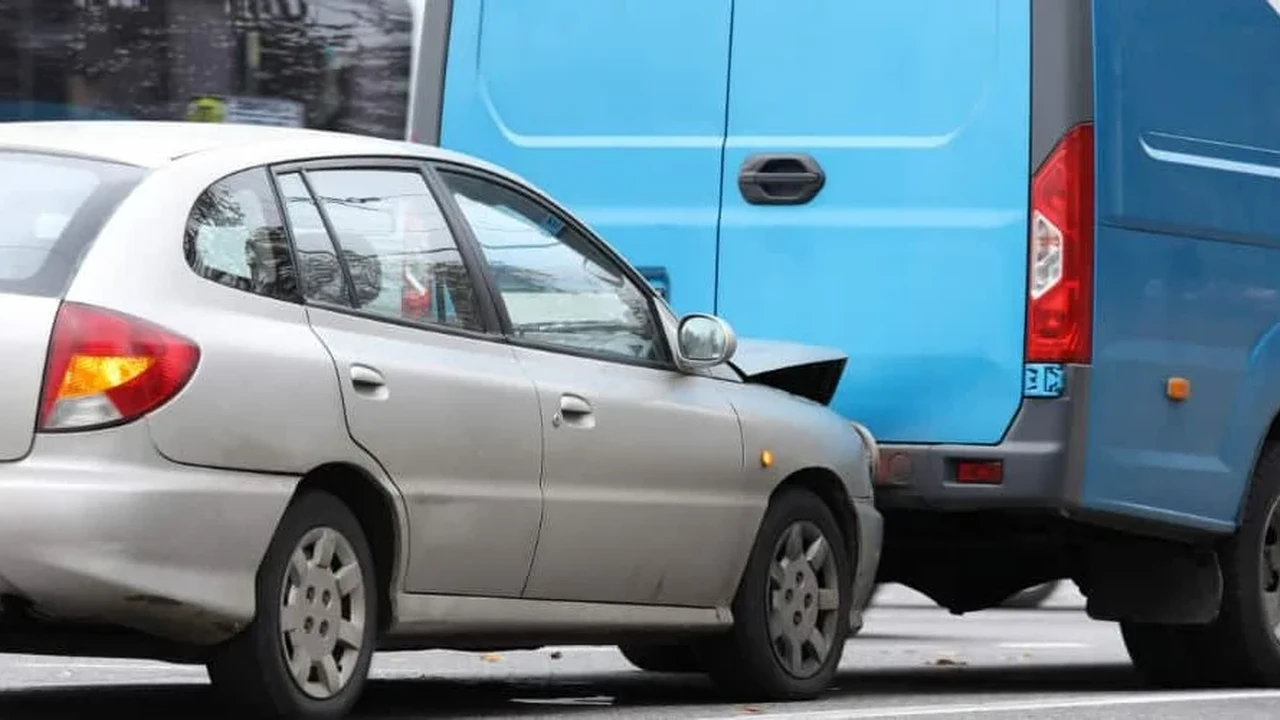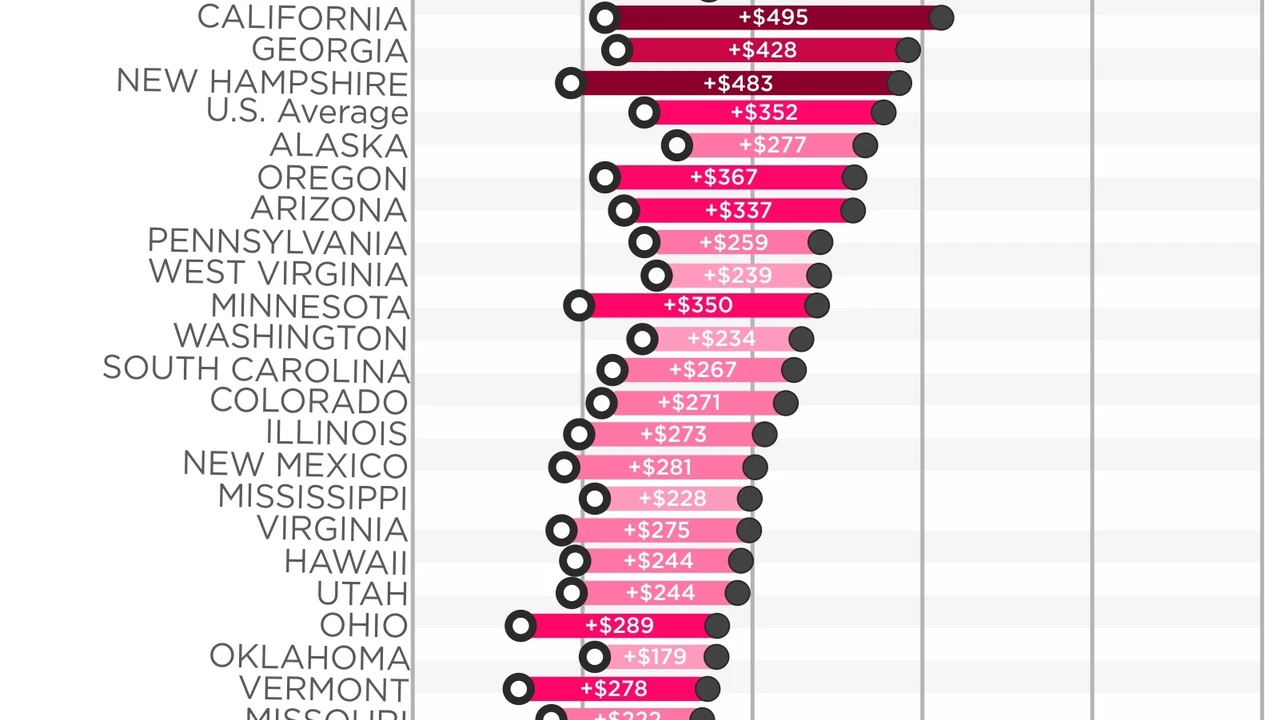Fault vs. No-Fault States: How Claims Differ

Understanding the Basics Fault and No Fault Car Insurance Systems
Okay, so you've been in a fender bender. Ugh, the worst, right? Now you're staring down the barrel of car insurance claims. But wait, is your state a "fault" state or a "no-fault" state? This seemingly small detail can make a HUGE difference in how your claim is handled, who pays for what, and whether you end up in court. Let's break it down in plain English.
In a nutshell, a fault-based system (also called a tort system) means that the person who caused the accident is responsible for paying for the damages. Makes sense, right? The other driver ran the red light, they pay for your smashed headlight and your chiropractor visits.
A no-fault system is a little different. In these states, regardless of who caused the accident, each driver typically files a claim with their own insurance company to cover their medical bills and lost wages. Think of it as "my insurance pays for my stuff, your insurance pays for your stuff," even if you weren't the one at fault.
Key Differences Fault vs No Fault States Claim Processes
So, how does this play out in the real world? Let's dive into the nitty-gritty of the claims process in each type of state.
Fault States Claim Process
In a fault state, after an accident, the insurance companies will investigate to determine who was at fault. This might involve police reports, witness statements, and even accident reconstruction experts. Once fault is established, the at-fault driver's insurance company will pay for the damages to the other driver's vehicle and any medical expenses. This is where things can get tricky.
Negotiating with the Insurance Company: Insurance companies aren't exactly known for handing out cash like candy. They'll often try to lowball you on your settlement offer. Don't be afraid to negotiate! Get multiple estimates for repairs, keep detailed records of your medical bills, and document any lost wages. If you're dealing with serious injuries or significant property damage, it might be worth consulting with a lawyer.
Suing the At-Fault Driver: If you can't reach a settlement with the insurance company, or if your damages exceed the at-fault driver's policy limits, you might have to sue them in court. This can be a long and expensive process, but it might be necessary to recover the full amount of your losses.
No Fault States Claim Process
In a no-fault state, you file a claim with your own insurance company, regardless of who caused the accident. This is called Personal Injury Protection (PIP) coverage. PIP covers your medical expenses, lost wages, and sometimes even other expenses like childcare or transportation to medical appointments.
Thresholds and Lawsuits: No-fault systems aren't always a free pass. Most no-fault states have "thresholds" that you must meet before you can sue the at-fault driver for pain and suffering. These thresholds can be based on the severity of your injuries (e.g., permanent disfigurement, broken bones) or the amount of your medical expenses. If you meet the threshold, you can step outside the no-fault system and sue the at-fault driver for additional damages.
Pros and Cons of No-Fault: No-fault systems are designed to reduce lawsuits and speed up the claims process. However, they can also limit your ability to recover full compensation for your injuries, especially if you suffer significant pain and suffering.
State by State Breakdown Fault vs No Fault Insurance Laws
Alright, so which states are fault states, and which are no-fault? Here's a quick rundown (but always double-check with your state's Department of Insurance for the most up-to-date information):
No-Fault States: Florida, Hawaii, Kansas, Kentucky, Massachusetts, Michigan, Minnesota, New Jersey, New York, North Dakota, Pennsylvania, and Utah.
Fault States: Every other state that isn't listed above is generally considered a fault-based state.
Important Note: Some states have modified no-fault systems, where you have the option to choose between a no-fault policy and a traditional fault-based policy. It's important to understand the pros and cons of each option before making a decision.
Understanding Uninsured and Underinsured Motorist Coverage Fault vs No Fault Considerations
Whether you're in a fault or no-fault state, it's crucial to have adequate uninsured and underinsured motorist coverage. This coverage protects you if you're hit by a driver who doesn't have insurance or who doesn't have enough insurance to cover your damages.
Uninsured Motorist Coverage: This coverage pays for your medical expenses, lost wages, and pain and suffering if you're hit by an uninsured driver.
Underinsured Motorist Coverage: This coverage kicks in when the at-fault driver has insurance, but their policy limits aren't high enough to cover all of your damages. For example, if you have $100,000 in medical bills and the at-fault driver only has $50,000 in coverage, your underinsured motorist coverage can pay the remaining $50,000 (up to your policy limits).
Why It Matters: Even in a fault state, you might have difficulty recovering full compensation if the at-fault driver is uninsured or underinsured. Having adequate uninsured and underinsured motorist coverage can provide a crucial safety net.
Top Car Insurance Products Reviews and Recommendations with Pricing
Choosing the right car insurance can be overwhelming. Here are a few highly-rated options with different features and price points to consider. Prices are estimated and can vary significantly based on your location, driving history, and coverage choices.
Progressive Snapshot Usage Based Insurance Review
Product: Progressive Snapshot
Description: Snapshot is a usage-based insurance program. You install a device in your car (or use their mobile app) that tracks your driving habits, such as hard braking, speeding, and time of day. If you're a safe driver, you can earn a significant discount on your insurance premiums.
Usage Scenario: Ideal for drivers who are confident in their safe driving habits and don't mind being monitored. Great for students, retirees, or anyone who doesn't drive frequently or drives mainly during off-peak hours.
Pros: Potential for significant discounts, promotes safer driving habits.
Cons: Poor driving habits can increase your premiums, privacy concerns about data collection.
Pricing: Discounts can range from 5% to 30% or more, depending on your driving habits. Base premiums vary widely based on individual factors.
GEICO Comprehensive Coverage Review
Product: GEICO Comprehensive Coverage
Description: GEICO is known for its competitive rates and wide range of coverage options. Their comprehensive coverage protects your vehicle from damage caused by things other than collisions, such as theft, vandalism, fire, hail, and animal strikes.
Usage Scenario: Suitable for drivers who want peace of mind knowing their vehicle is protected from a wide range of potential hazards. Particularly useful if you live in an area prone to severe weather or have a car that's a target for theft.
Pros: Broad coverage, competitive rates, generally good customer service.
Cons: Claims process can sometimes be slow, may not be the cheapest option for all drivers.
Pricing: Comprehensive coverage typically adds $10-$30 per month to your premium, depending on your vehicle and location.
State Farm Drive Safe and Save Discount Program Review
Product: State Farm Drive Safe & Save
Description: Similar to Progressive Snapshot, State Farm's Drive Safe & Save is a usage-based program that tracks your driving habits through a mobile app. It focuses on factors like speeding, hard braking, and distracted driving.
Usage Scenario: Perfect for responsible drivers who want to be rewarded for their safe driving practices. Good option if you want to improve your driving habits and save money in the process.
Pros: Potential for significant discounts, real-time feedback on driving habits, user-friendly app.
Cons: Requires consistent use of the app, potential for increased premiums if you have poor driving habits.
Pricing: Discounts can vary significantly, but many users report saving between 10% and 50% on their premiums.
Allstate Good Hands Coverage Options Review
Product: Allstate Good Hands Coverage
Description: Allstate offers a variety of coverage options, including accident forgiveness, new car replacement, and deductible rewards. Their "Good Hands" promise emphasizes customer service and claims handling.
Usage Scenario: Ideal for drivers who value excellent customer service and want a policy with flexible coverage options. Accident forgiveness is particularly valuable for drivers with a clean record who want to protect themselves from rate increases after a single accident.
Pros: Strong customer service reputation, wide range of coverage options, accident forgiveness.
Cons: Can be more expensive than other insurers, some coverage options may not be available in all states.
Pricing: Premiums can vary widely depending on your individual circumstances and the coverage options you choose. Expect to pay a premium for the additional features and customer service.
Comparing Car Insurance Products Key Features and Prices
Let's quickly compare these products based on a few key factors:
Price Sensitivity: If you're primarily concerned about getting the lowest possible price, Progressive Snapshot and GEICO are often good options to consider. However, remember that Snapshot's discounts are dependent on your driving habits.
Coverage Breadth: GEICO's comprehensive coverage and Allstate's wide range of options offer the most comprehensive protection.
Customer Service: Allstate and State Farm are generally known for their strong customer service reputations.
Usage-Based Savings: Progressive Snapshot and State Farm Drive Safe & Save offer the most potential for savings based on your driving habits.
Ultimately, the best car insurance product for you will depend on your individual needs, budget, and driving history. Be sure to shop around and compare quotes from multiple insurers before making a decision.
:max_bytes(150000):strip_icc()/277019-baked-pork-chops-with-cream-of-mushroom-soup-DDMFS-beauty-4x3-BG-7505-5762b731cf30447d9cbbbbbf387beafa.jpg)





